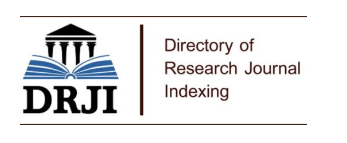Prediction of Quality Properties of Carob Fruit with FT-IR Spectroscopy
Keywords:
Carob, FT-IR spectroscopy, Partial least squares, QualityAbstract
In this study it was aimed to determine the quality properties such as the total phenolic content, antioxidant activity and antimicrobial activity of the carob fruit and to predict some of these quality parameters using the Fourier-transform infrared (FT-IR) spectroscopy. For this purpose, extracts were prepared from carob samples with water, ethanol, methanol and 50-50 v/v mixture of methanol and ethanol with water. The total phenolic content was determined to be the highest in the methanol extract and the second highest in the carob water extract. The lowest antioxidant activity was observed in the samples extracted with ethanol and methanol solvents, respectively. The highest antioxidant activity was observed in the samples extracted with water, followed by 50- 50 v/v ethanol and methanol extracts, respectively. In addition, the antimicrobial activity of carob samples extracted with different solvents on Staphylococcus aureus, Pseudomonas aeruginosa and Escherichia coli microorganisms was also investigated in this study. While the ethanol:water (50%) extract (EW) showed an antimicrobial effect on the Escherichia coli, no antimicrobial effect was observed on other bacteria. Similarly, methanol (50%) extract (MW) showed antimicrobial effect only on Pseudomonas aeruginosa. Partial least squares (PLS) regression analysis of Fourier-transform infrared (FT-IR) spectroscopy data to predict total phenolic content and antioxidant activity revealed the good prediction ability of the model with R2 values higher than 0.97.













